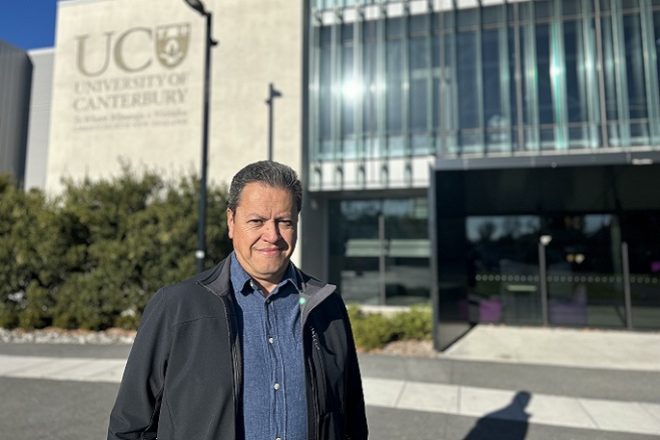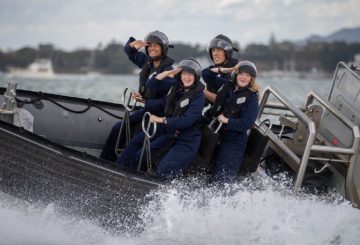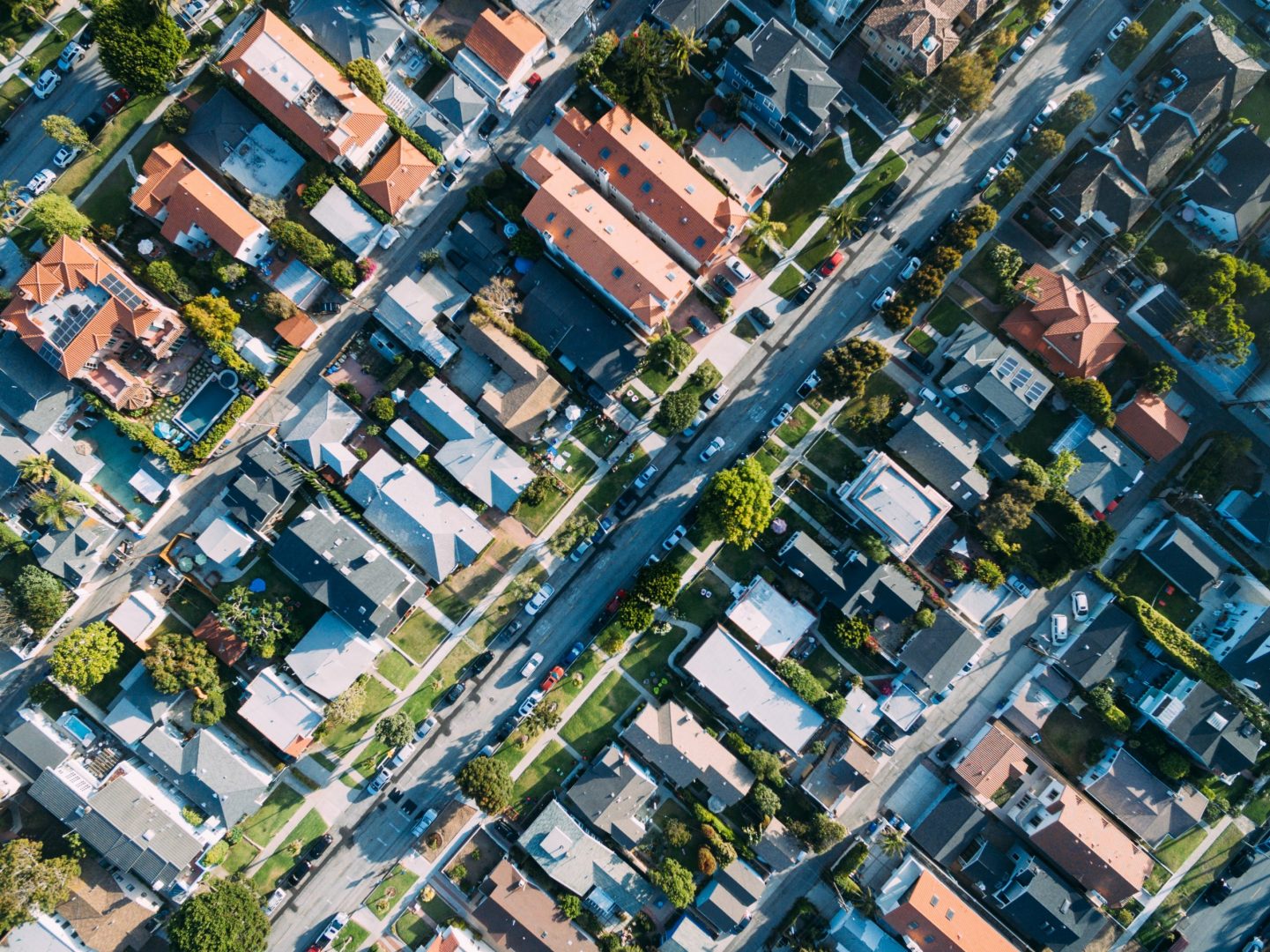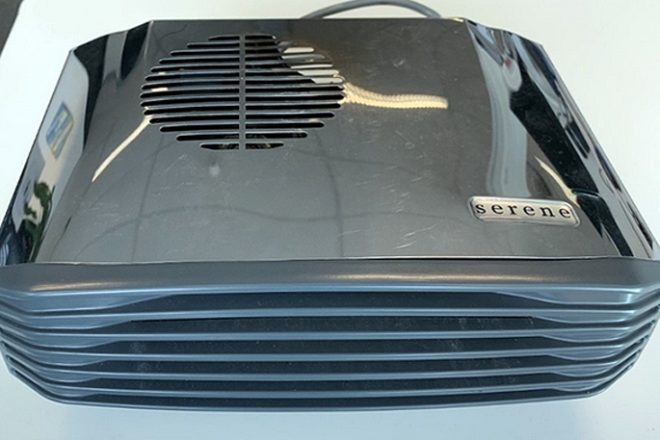Researchers at the University of Canterbury are working on a tool to make wastewater treatment more sustainable. The tool is being developed by PhD student Madeline Furness and Associate Professor Ricardo Bello-Mendoza, in partnership with Professor Rolando Chamy from Pontificia Universidad Católica de Valparaíso, Chile. They studied two wastewater plants in Santiago, Chile, and used the data to create a model to improve the benefits and minimize the impacts of wastewater treatment.
The researchers believe that the two wastewater plants in Chile are great examples of sustainable wastewater treatment. They are looking at three aspects of wastewater sustainability: environmental, economic, and social. They are using tools like Life Cycle Costing and Social Life Cycle Assessments to assess these aspects. The goal is to find the best combinations of processes to reduce environmental impact, cut costs, increase benefits, and consider social impacts.
The researchers note that the wastewater industry is slow to adopt new technologies due to high costs. However, their tool can improve the environmental performance and sustainability of wastewater plants without major investments. It can help make decisions about chemical inputs or process operation conditions to improve the quality of effluent while minimizing negative impacts like higher greenhouse gas emissions or toxicity.
The researchers also introduced the idea of a Wastewater Circular Economy approach (WW-CE), where wastewater is seen as a potential resource. Instead of just treating wastewater to make it safe to discharge into the environment, this approach recovers resources from wastewater, such as treated water, biosolids, nutrients, bioenergy, and biomaterials. These resources can be used in agriculture and irrigation.
The researchers found that one of the wastewater plants improved its overall sustainability by 30% and the other by 48% using the WW-CE approach. They believe this approach could revolutionize global sanitation.
Next, the researchers plan to adapt the tool for use in New Zealand and discuss its practical applications with city councils. They believe there is significant potential for improvement in New Zealand’s wastewater treatment processes.
The research was funded by the University of Canterbury, the Pontifical Catholic University of Valparaiso, Chile, and Chile’s National Agency for Research and Development. Fieldwork was supported by Aguas Andinas, Chile.
























































